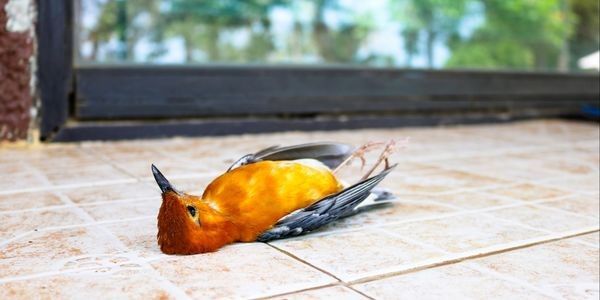Polar bears heading to unusual places as sea ice melts
Posted on
|
I had an interesting email from Polar Bears International (PBI) today. They have noticed that polar bears are showing up in odd places. An exhausted polar bear was seen recently in a village on Russia’s far eastern Kamchatka Peninsula – and that’s 600 kilometers plus from its home range. Their Senior Director of Conservation, Geoff York, thinks this could be that the bear hitched a ride on an ice floe and drifted south, as the ice broke up earlier in the Bering and Chukchi seas this spring. Unusual and fast ice loss this year has displaced polar bears form their preferred hunting areas. Seals give birth to their pups in spring In snow lairs or on the sea ice surface. This makes the polar bear’s dinner more abundant and accessible than at any other time of the year. However the Russian polar bear was far from this area. It was decided to air-lift him back north, to Chukotka in the Russian Arctic. But there have been other unusual occurrences in the region over several months. Some have been far from the sea. This could be because of unstable ice cover. Sustained early sea ice is bad news for polar bears Polar Bears International know from other regions that sustained early sea ice break up doesn’t do polar bears any good.
If there’s less sea ice in the Arctic, it gets more difficult for polar bears to make a living from the frozen ocean. Of course people living on the Arctic rely on stable ice to get around on, and to gather food. We all need a frozen Arctic ecosystem to regulate our climate. So we ALL need the Arctic to be in good health.
Education and outreach. As more polar bears appear onshore, the charity works to help keep polar bears and people safe, with outreach on best practices for avoiding human-polar bear conflict. These include getting rid of things such as open garbage dumps and installing bear-proof ones. Research – the charity is studying the effectiveness of using surveillance radar to detect approaching polar bears. This means alerts can be given before a bear enters town. PBI help with research on the best deterrants – and that includes putting together a history of polar bear attacks, and their causes to help avoid future conflicts. Climate Action. PBI is one working to solve the climate crisis, sharing their knowledge of polar bears and coming up with solutions. This includes the Climate Alliance training program for zoo staff members, outreach to motivate citizen involvement, and advocacy to policy makers on the urgent need to act. |
